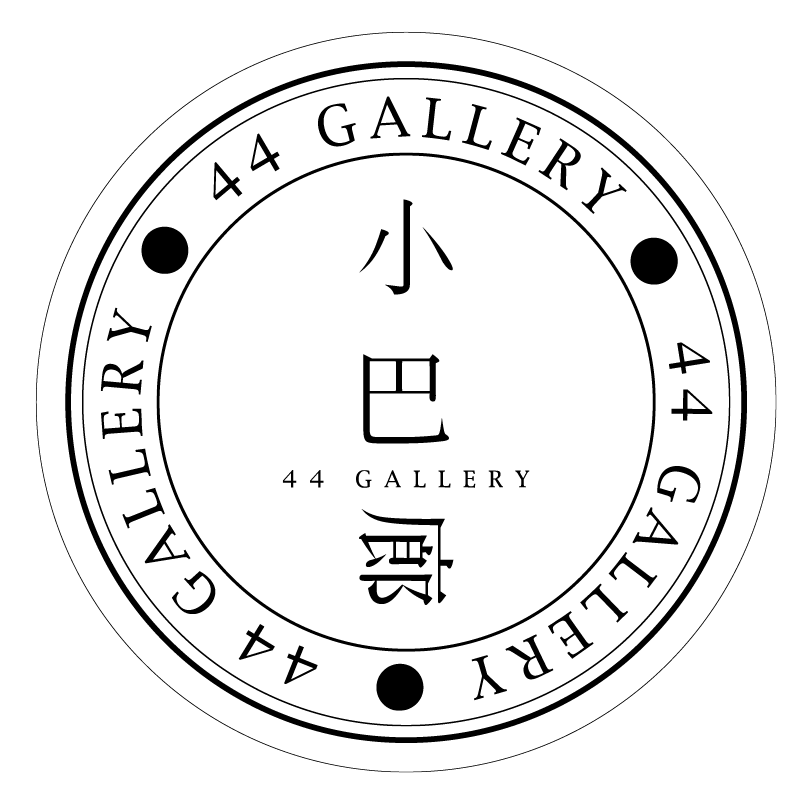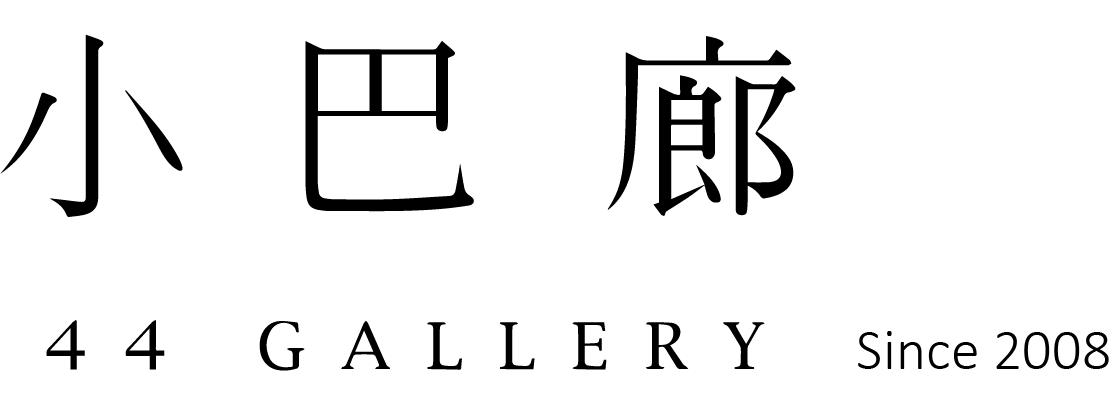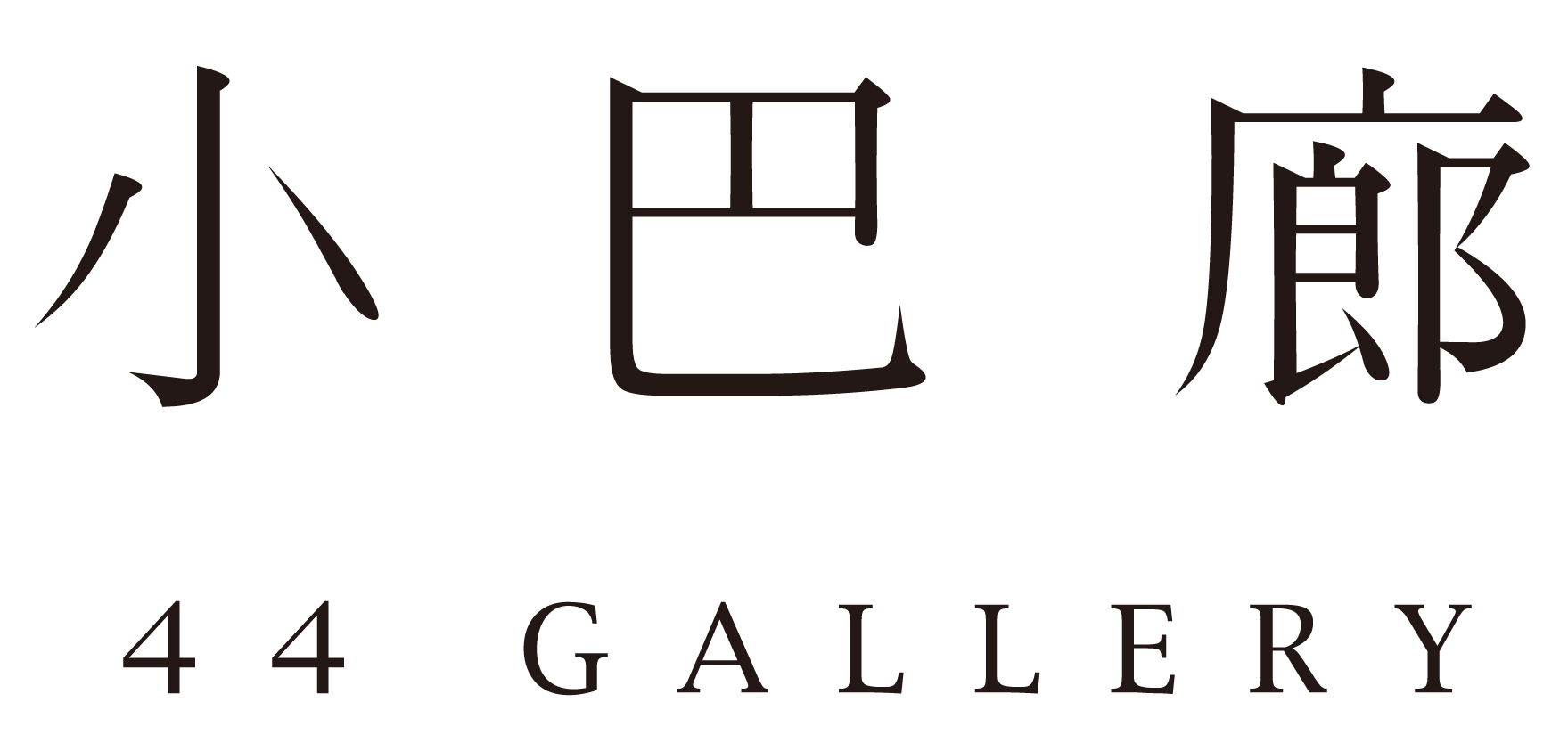『權力主題展 Royal Power 』
2020.05.08 - 06.06
歲月在雕刻上留下了足跡;光芒在玻璃間再現了永恆。
The years have left a footprint on the sculpture;
The light reappears eternity in the glass. --- 小巴廊.44GALLERY

權力 , 代表在特一領域的權威。
例如: 國王、酋長 - 在其領土、村莊上的權威;
巫師 - 與大自然溝通的能力;
鐵匠 - 擁有能夠操控火的技術。
代表權力的作品在非洲部落藝術中有著舉足輕重的特別象徵地位。
貴族常以鮮明標誌包括兇悍的動物如獵豹、大象...或用金,銀或像獸骨之類的貴重材料精雕細刻來展示他們特別的身分地位和榮耀,例如,大多數的青銅容器或鑄件都需要高專業的生產技術,國王擁有銀,黃銅的製作以及牆壁雕塑裝飾了宮殿,描繪了歷史和寓言場景和戰鬥;豹是剛果權力和軍威的重要象徵,代表了與王權有關的神聖威力;精緻的手杖頂飾,主要用於司法訴訟、祈雨和授職典禮場合;大毒蛇形象隱喻王室的延續和再生;容器上刻有文化和政治符號強調統治者的地位,象徵王室權威;蜿蜒的圖騰象徵生命、長壽和復興,作為豐產、家族延續的標誌;剛果雕像表現王室權力的圖騰常以王室帽子、豹爪項鍊,和突起的王座,通常雕像雙腿交叉的坐姿據說能贏得尊重、持久和穩固;配戴的飾品數量來體現官階和財富,在實際生活中所配戴的總量有時甚至重達25公斤等...。
擁有統治地位的團體啟發了一種貴族文化,這種文化使社會生活充滿了對美麗和裝飾的熱情。藝術品和裝飾品興盛於日常生活的各方面。藝術創作成為許多人的生活方式:甚至統治者也經常是藝術家和雕塑家。雕刻國王坐著,雙腿交叉,戴著神聖的王權標誌。它們很小,高不到50公分。他們的臉無表情,眼皮半閉。藝術家的永恆靜息和深沉的引力獲得了非凡的表現。國王飾有手鐲,腳鍊,皮帶和項鍊。儘管這些雕像具有類似的一般形式,但它們並不完全相同,並且已在其臉上提供了各個細節。然而,它們幾乎不是逼真的肖像:相反,是具有獨特特徵的國王的常規表示。雕刻家的主要目的是提出王權的本質,
這次的權力主題展,集合了不同部落及類型的權力作品,例如: 權杖、椅凳、面具、容器和雕像等...,以多元豐富的視覺和符號語言來表現,帶來非洲獨特而奢華的藝術風格。
Nobles often use vivid symbols, including fierce animals like leopards and elephants, or precious materials such as gold, silver, or ivory-like bones, intricately carved to showcase their special social status and glory. For example, most bronze containers or castings require highly specialized production techniques. Kings had silver, brass works, and wall sculptures that adorned palaces, depicting historical and allegorical scenes, and battles. The leopard is an important symbol of power and military might in the Congo, representing the sacred power associated with kingship. Exquisite cane top decorations are primarily used in judicial disputes, rainmaking rituals, and inauguration ceremonies. The image of the large venomous snake metaphorically represents the continuity and regeneration of the royal family. Containers are often engraved with cultural and political symbols emphasizing the ruler's position, symbolizing royal authority. The winding totem symbolizes life, longevity, and rebirth, acting as a sign of fertility and family continuity. Congo sculptures representing royal power often feature royal hats, leopard claw necklaces, and protruding thrones. The seated posture with crossed legs is said to earn respect, endurance, and stability. The number of ornaments worn reflects rank and wealth, with some rulers wearing up to 25 kilograms of adornments in daily life.
The ruling elite inspired a noble culture that filled social life with a passion for beauty and decoration. Artworks and ornaments flourished in all aspects of daily life. Artistic creation became a way of life for many, with rulers often being artists and sculptors themselves. Sculptures of kings seated with crossed legs, wearing sacred royal symbols, are usually small, under 50 centimeters. Their faces are expressionless, with half-closed eyelids. The eternal calm and profound gravity of the artist's portrayal are magnificently expressed. Kings are adorned with bracelets, anklets, belts, and necklaces. Although these sculptures share a similar form, they are not identical, with each offering distinct facial details. However, they are almost never realistic portraits; rather, they are conventional depictions of kings with unique characteristics. The main goal of the sculptor is to convey the essence of kingship. This power-themed exhibition brings together works from different tribes and types, such as scepters, stools, masks, containers, and sculptures, to express Africa's unique and luxurious artistic style with a rich visual and symbolic language.
例如: 國王、酋長 - 在其領土、村莊上的權威;
巫師 - 與大自然溝通的能力;
鐵匠 - 擁有能夠操控火的技術。
代表權力的作品在非洲部落藝術中有著舉足輕重的特別象徵地位。
貴族常以鮮明標誌包括兇悍的動物如獵豹、大象...或用金,銀或像獸骨之類的貴重材料精雕細刻來展示他們特別的身分地位和榮耀,例如,大多數的青銅容器或鑄件都需要高專業的生產技術,國王擁有銀,黃銅的製作以及牆壁雕塑裝飾了宮殿,描繪了歷史和寓言場景和戰鬥;豹是剛果權力和軍威的重要象徵,代表了與王權有關的神聖威力;精緻的手杖頂飾,主要用於司法訴訟、祈雨和授職典禮場合;大毒蛇形象隱喻王室的延續和再生;容器上刻有文化和政治符號強調統治者的地位,象徵王室權威;蜿蜒的圖騰象徵生命、長壽和復興,作為豐產、家族延續的標誌;剛果雕像表現王室權力的圖騰常以王室帽子、豹爪項鍊,和突起的王座,通常雕像雙腿交叉的坐姿據說能贏得尊重、持久和穩固;配戴的飾品數量來體現官階和財富,在實際生活中所配戴的總量有時甚至重達25公斤等...。
擁有統治地位的團體啟發了一種貴族文化,這種文化使社會生活充滿了對美麗和裝飾的熱情。藝術品和裝飾品興盛於日常生活的各方面。藝術創作成為許多人的生活方式:甚至統治者也經常是藝術家和雕塑家。雕刻國王坐著,雙腿交叉,戴著神聖的王權標誌。它們很小,高不到50公分。他們的臉無表情,眼皮半閉。藝術家的永恆靜息和深沉的引力獲得了非凡的表現。國王飾有手鐲,腳鍊,皮帶和項鍊。儘管這些雕像具有類似的一般形式,但它們並不完全相同,並且已在其臉上提供了各個細節。然而,它們幾乎不是逼真的肖像:相反,是具有獨特特徵的國王的常規表示。雕刻家的主要目的是提出王權的本質,
這次的權力主題展,集合了不同部落及類型的權力作品,例如: 權杖、椅凳、面具、容器和雕像等...,以多元豐富的視覺和符號語言來表現,帶來非洲獨特而奢華的藝術風格。
Nobles often use vivid symbols, including fierce animals like leopards and elephants, or precious materials such as gold, silver, or ivory-like bones, intricately carved to showcase their special social status and glory. For example, most bronze containers or castings require highly specialized production techniques. Kings had silver, brass works, and wall sculptures that adorned palaces, depicting historical and allegorical scenes, and battles. The leopard is an important symbol of power and military might in the Congo, representing the sacred power associated with kingship. Exquisite cane top decorations are primarily used in judicial disputes, rainmaking rituals, and inauguration ceremonies. The image of the large venomous snake metaphorically represents the continuity and regeneration of the royal family. Containers are often engraved with cultural and political symbols emphasizing the ruler's position, symbolizing royal authority. The winding totem symbolizes life, longevity, and rebirth, acting as a sign of fertility and family continuity. Congo sculptures representing royal power often feature royal hats, leopard claw necklaces, and protruding thrones. The seated posture with crossed legs is said to earn respect, endurance, and stability. The number of ornaments worn reflects rank and wealth, with some rulers wearing up to 25 kilograms of adornments in daily life.
The ruling elite inspired a noble culture that filled social life with a passion for beauty and decoration. Artworks and ornaments flourished in all aspects of daily life. Artistic creation became a way of life for many, with rulers often being artists and sculptors themselves. Sculptures of kings seated with crossed legs, wearing sacred royal symbols, are usually small, under 50 centimeters. Their faces are expressionless, with half-closed eyelids. The eternal calm and profound gravity of the artist's portrayal are magnificently expressed. Kings are adorned with bracelets, anklets, belts, and necklaces. Although these sculptures share a similar form, they are not identical, with each offering distinct facial details. However, they are almost never realistic portraits; rather, they are conventional depictions of kings with unique characteristics. The main goal of the sculptor is to convey the essence of kingship. This power-themed exhibition brings together works from different tribes and types, such as scepters, stools, masks, containers, and sculptures, to express Africa's unique and luxurious artistic style with a rich visual and symbolic language.


